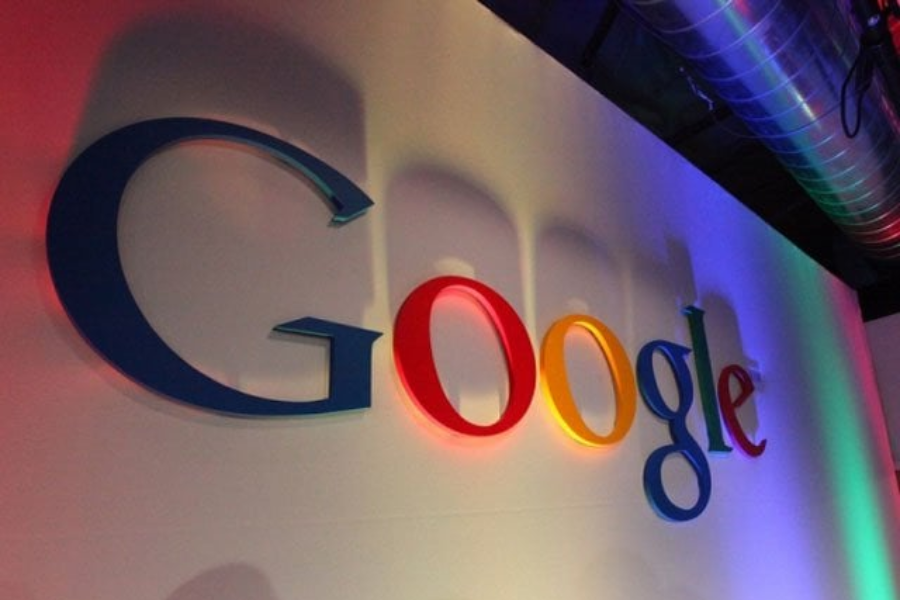Understanding Goolg.eom: The Rise of Typo Phenomena and Its Impact on SEO And More
In today’s digital age, where precision and efficiency are paramount, even small typographical errors can reveal significant insights into user behavior and search engine functionalities. One such emerging trend is Goolg.eom—a seemingly minor typo of Google.com that’s gaining attention. This article delves into what Goolg.eom represents, its implications for online searches, and how it can affect your SEO strategies. Additionally, we’ll explore how this phenomenon aligns with the broader evolution of search engines, particularly focusing on Google’s impact and future directions.
What is Goolg.eom?
Goolg.eom may appear to be a simple misspelling of Google.com, but it symbolizes a larger trend in user behavior and search engine adaptation. As users increasingly rely on search engines for information, the accuracy of URL input becomes less critical. Instead, search engines have adapted to interpret these errors and still deliver relevant results.
The term Goolg.eom illustrates a common scenario where users unintentionally type incorrect URLs yet still expect accurate search results. This phenomenon underscores the importance of understanding user behavior and highlights how search engines must continuously evolve to meet these expectations.
The Rise of Goolg.eom
The internet is rife with typographical errors, and Goolg.eom is a prime example. As reliance on search engines grows, the accuracy of URL input is becoming less crucial. Search engines like Google are equipped with sophisticated algorithms designed to correct these mistakes and direct users to their intended destinations.
When users enter Goolg.eom instead of Google.com, search engines leverage advanced algorithms to decipher the user’s intent. These algorithms analyze factors such as search history, popular queries, and common typing errors to ensure users reach the desired website despite the error.
How Search Engines Handle Typos
Search engines have become adept at handling typos and misspelled URLs. When a user types Goolg.eom, search engines use a combination of machine learning and historical data to interpret the query correctly. Key factors include:
- Search History: Search engines consider the user’s previous searches to predict the likely intended site.
- Popular Searches: Algorithms take into account common misspellings and frequently searched terms.
- Contextual Clues: Understanding the context of the search helps in providing accurate results even with typos.
This approach ensures that even if users make mistakes in their URL input, they are still guided to the right destination, enhancing user experience and maintaining search accuracy.
SEO Implications of Goolg.eom
The rise of Goolg.eom and similar typos has important implications for SEO strategies. To stay competitive, website owners need to adapt their SEO practices to account for common typing errors and improve their site’s visibility. Here are some actionable strategies:
- Keyword Variations: Incorporate common misspellings and typos into your keyword strategy. Tools like Google Keyword Planner can help identify these variations and include them in your content.
- User Experience: Enhance your website’s user experience. Search engines prioritize sites that offer a seamless experience, correct typos, and provide relevant content quickly.
- Content Quality: High-quality content remains a cornerstone of SEO. Ensure your content is informative and addresses user queries, even if those queries include common typos.
- Meta Tags: Optimize meta tags to include common misspellings. This can improve visibility for users who type errors in their searches.
- Voice Search Optimization: With the rise of voice search, users are more likely to make errors in their queries. Optimize your content for natural language to capture this traffic effectively.
Adapting to User Behavior
Understanding and adapting to user behavior is crucial for successful SEO. Users frequently make typos, and search engines are improving their ability to interpret these mistakes. By incorporating common typos like Goolg.eom into your SEO strategy, you can gain a competitive edge.
Here are some practical steps to optimize for user typos:
- Use Tools: Leverage tools like Google Trends and Google Analytics to identify common typos related to your niche.
- Create Typo-Friendly Content: Develop content that addresses common typos. For instance, if many users type Goolg.eom, include this typo naturally in your content.
- Monitor Search Queries: Regularly analyze search queries leading users to your site. This practice helps in identifying new trends and adapting your content strategy.
- Enhance Meta Tags: Ensure meta tags reflect common typos to improve search visibility.
- Optimize for Voice Search: Adjust your content for natural language to accommodate the increasing use of voice search.
The Future of Online Searches
The future of online searches is shaped by continuous technological advancements and evolving user behaviors. Google has been at the forefront of this evolution, constantly innovating to enhance search accuracy and user experience.
Google’s Ascent
Google’s journey from a research project in 1998 to the dominant search engine today is a testament to its groundbreaking approach to search technology. Founded by Larry Page and Sergey Brin, Google quickly gained traction due to its innovative PageRank algorithm, which ranked web pages based on popularity and relevance.
Over time, Google has introduced several significant features and upgrades, including:
- PageRank: Revolutionized search by evaluating the importance of web pages based on backlinks.
- RankBrain: Implemented in 2015, this machine learning tool improved the understanding of complex queries and enhanced result accuracy.
- Personalized Search Results: Tailored search results based on browsing history, location, and user preferences.
These advancements have significantly impacted SEO and digital marketing strategies, emphasizing the importance of quality content, user experience, and adherence to ethical practices.
Rivals in the Internet Search Industry
While Google remains the leader in online search, other search engines offer unique features and capabilities:
- Bing: Microsoft’s search engine, known for its visually appealing search results and emphasis on local businesses.
- DuckDuckGo: Focuses on privacy by not tracking user searches or collecting personal data.
- Yahoo Search: Despite losing ground to Google, Yahoo continues to integrate its search capabilities into various web services.
Online Search’s Future
The future of online search is likely to be shaped by several key trends:
- Voice Search: With the increasing popularity of voice-activated assistants, optimizing for long-tail keywords and conversational queries will be essential.
- Mobile Optimization: As mobile internet usage grows, websites must prioritize responsive design, fast loading times, and user-friendly interfaces.
- Artificial Intelligence (AI): AI-driven algorithms will continue to refine search results based on user behavior and preferences.
- Augmented Reality (AR): AR has the potential to transform how users interact with search results, allowing for more immersive and interactive experiences.
Conclusion
Goolg.eom, while seemingly a minor typo, highlights a significant aspect of user behavior in online searches. As search engines become more sophisticated in handling such errors, optimizing for common typos and understanding evolving user behaviors is crucial for maintaining SEO effectiveness.
Google’s impact on online search is profound, with continuous innovations shaping the digital landscape. By staying informed about these changes and adapting your SEO strategies accordingly, you can ensure your website remains visible and relevant in the ever-changing online environment.
FAQs
What is Goolg.eom?
Goolg.eom is a common misspelling of Google.com, representing user behavior where incorrect URLs are still expected to lead to the correct websites.
How do search engines handle typos like Goolg.eom?
Search engines use advanced algorithms to understand user intent and correct typos, ensuring users reach the intended websites.
Can optimizing for typos like Goolg.eom improve SEO?
Yes, including common typos in your keyword strategy and content can enhance your website’s visibility and improve user experience.
Why is user behavior important in SEO?
Understanding user behavior helps tailor your SEO strategy to meet user needs, ensuring your site remains relevant and accessible.
How can I optimize my site for user typos?
Use tools to identify common typos, create typo-friendly content, monitor search queries, enhance meta tags, and optimize for voice search.
“Explore the latest in tech and sports insights at Tech True Sports.”







